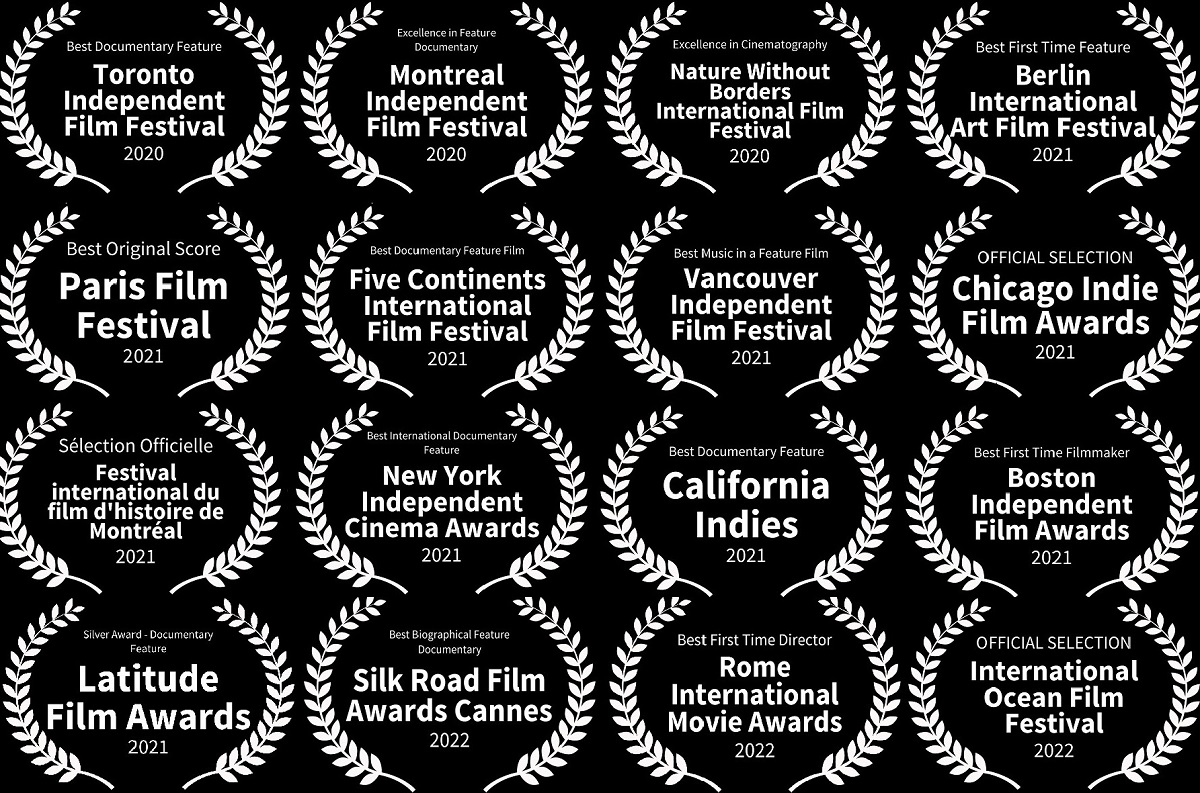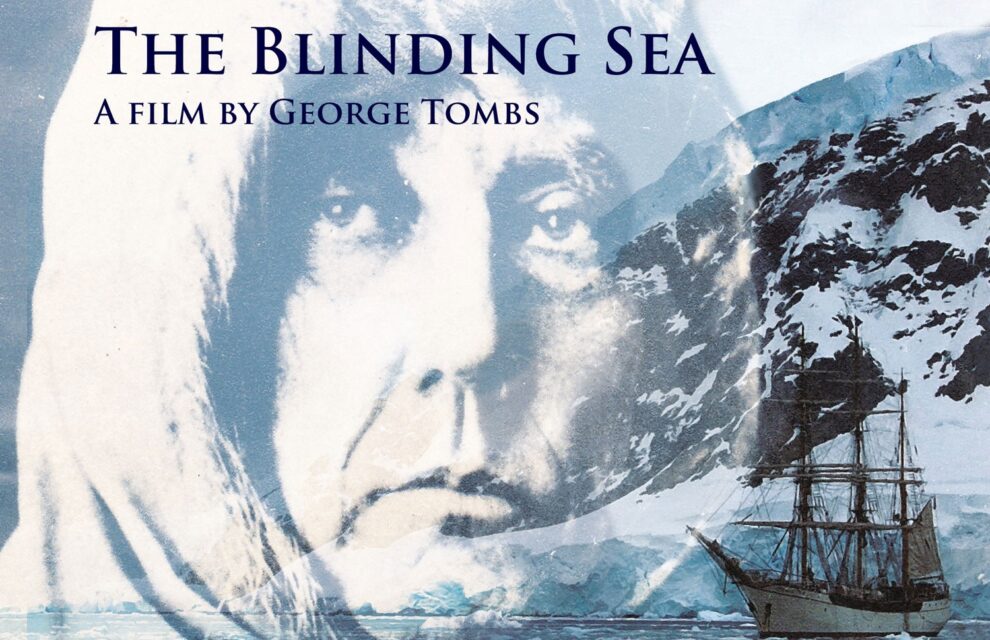The Blinding Sea is a 108-minute high-definition feature documentary film, chronicling the life and expeditions of Norwegian polar explorer Roald Amundsen in the years 1897-1928. I produced and directed this award-winning film, using the camera to explore polar landscapes and seascapes, record oral traditions, and evoke states of psychological and physical health. The film reveals how Amundsen was driven by a passion for both scientific and Aboriginal knowledge, and became an agile expedition leader, by learning directly from the Inuit of Gjoa Haven, Nunavut about their polar skills and techniques, and also their management style.
Next week, I am presenting The Blinding Sea to the Inuit community of Gjoa Haven. This will involve flying from Quebec City to Vancouver, then Yellowknife and finally Gjoa Haven, then taking four flights back home again! It will be a thrill for me to share my work with Inuit since the film honours the Inuit knowledge system and highlights their role in the life and career of Amundsen.
A few months ago, after watching the final version of the film, Canada’s Governor General, Mary Simon, a member of the Inuit nation, thanked me for my “personal contribution to the Truth and Reconciliation process in Canada.”
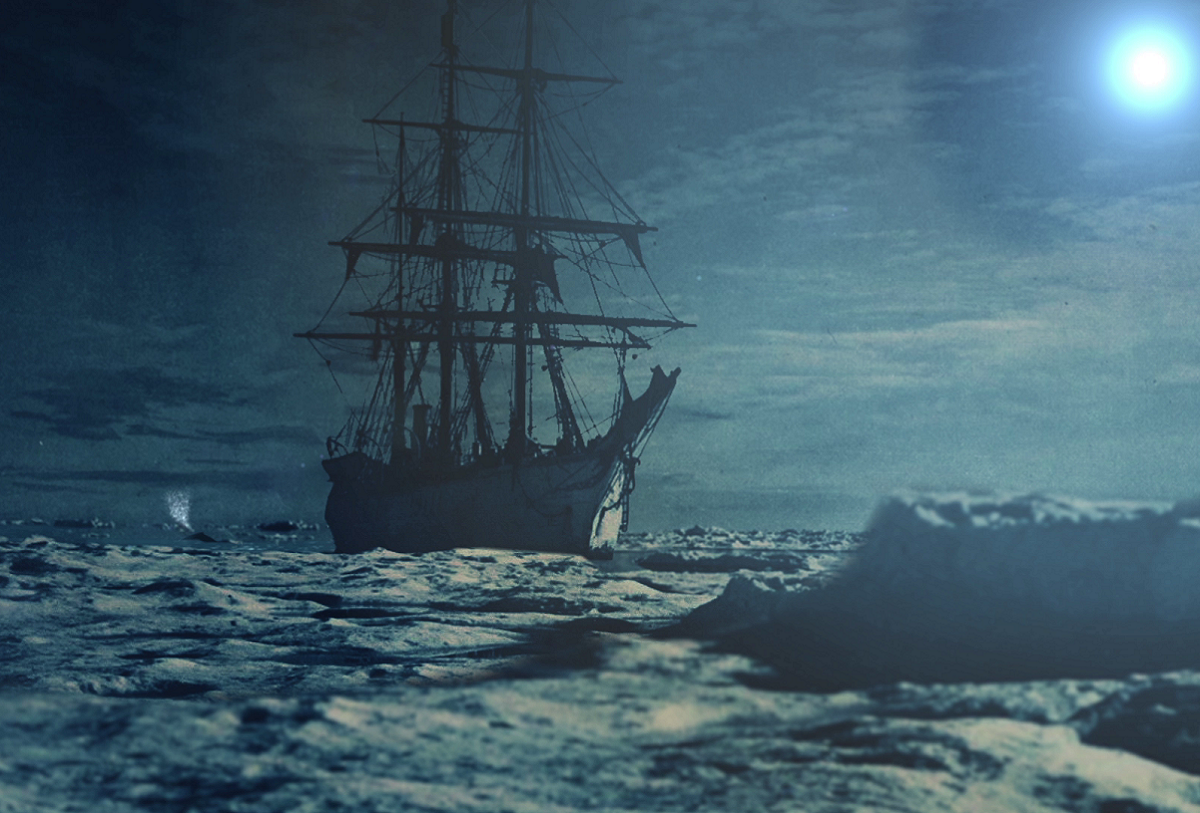
Sir Muir Gray, a leading proponent of Evidence-Based Medicine, former director of the UK National Screening Committee and the National Library for Health, and Professor of Surgery at Oxford University, says: “In making this fascinating evidence-based film, George takes a refreshing new look at polar exploration. The Blinding Sea depicts Roald Amundsen and other explorers of his era in terms of their access, or lack of access, to scientific knowledge. Amundsen studied the tacit experience-based knowledge of Canadian Inuit, who had an oral culture. The film shows Amundsen then applied the Inuit way of avoiding disease, distress and starvation to his own South Pole expedition. Other explorers of his era suffered harrowing, avoidable death because they didn’t seek out this knowledge.”
I filmed The Blinding Sea in Antarctica, on the Southern Ocean and the Beaufort Sea, in Alaska, the Yukon, Nunavut, Quebec, Mexico, Norway, Ireland, Scotland, England, and Belgium. I go beyond the heroic glorification (mythologizing) and vilification (demythologizing) of conventional explorer biographies. The Blinding Sea focuses on the importance of new paradigms of knowledge in an intercultural setting.

In this film, I follow Amundsen and a number of his colleagues and rivals such as Adrien de Gerlache, Frederick Cook, Joseph-Elzéar Bernier, Robert Falcon Scott, Ernest Shackleton and Teddy Evans. But I am not content merely to recount the stories of people of European descent. I also draw on Inuit and Chukchi oral traditions about Amundsen and the acquisition of knowledge.
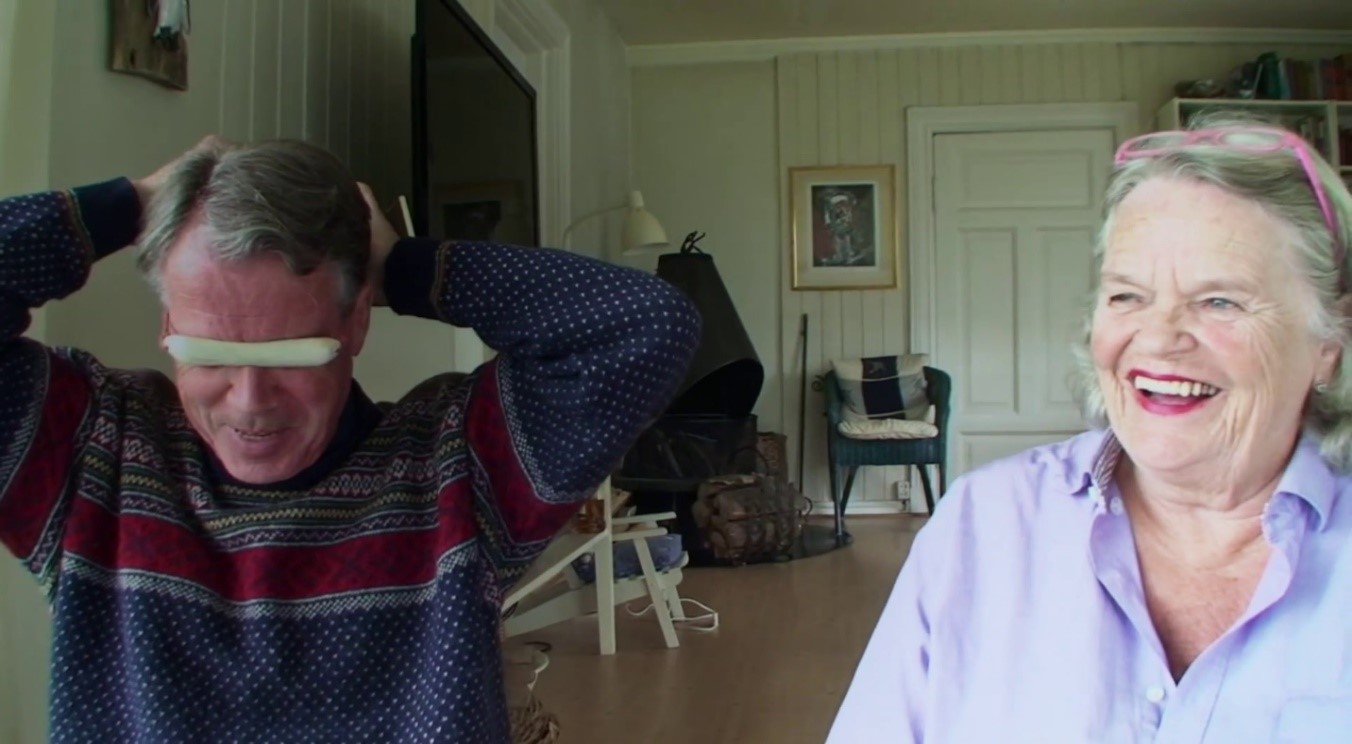
The film introduces viewers to these descendants of European polar explorers as well as of the Inuit of the Canadian Arctic and the Siberian Chukchi who knew Amundsen best in his day: Anne-Christine and Johan Amundsen, Bernard de Gerlache, Falcon Scott, Alexandra Shackleton, Julian Evans, Bob Konana, Paul Ikuallaq, George Konana, Freda Nakoolaq, Gloria Corbould and others.
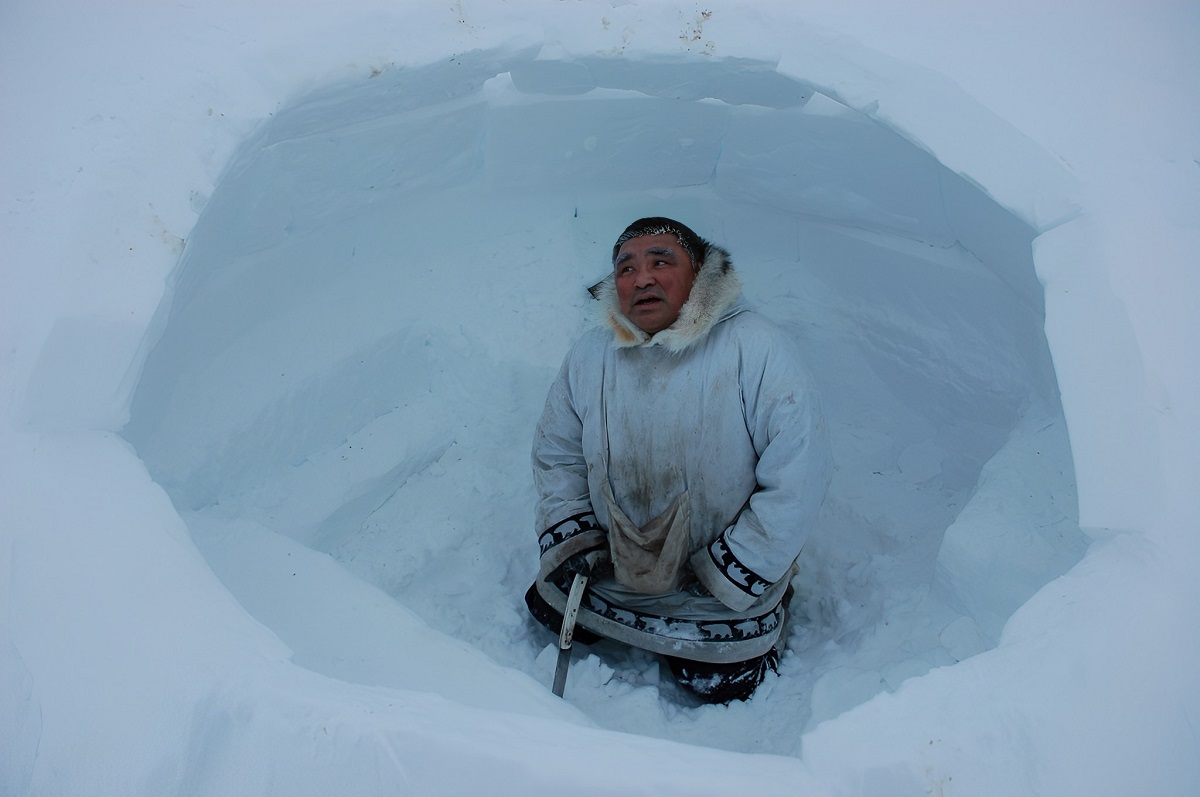
It took rigorous evidence-based research to make The Blinding Sea. I offer new insights into the way Amundsen demonstrated agility, by unlearning what he thought he knew, casting aside speculative European theories, drawing on the practical knowledge of Canadian Inuit, and adapting in real time. Amundsen’s relationships with the Inuit were based on mutual recognition, respect and the sharing of knowledge, as shown by his close interactions with Koleok and her family in 1904-1905.
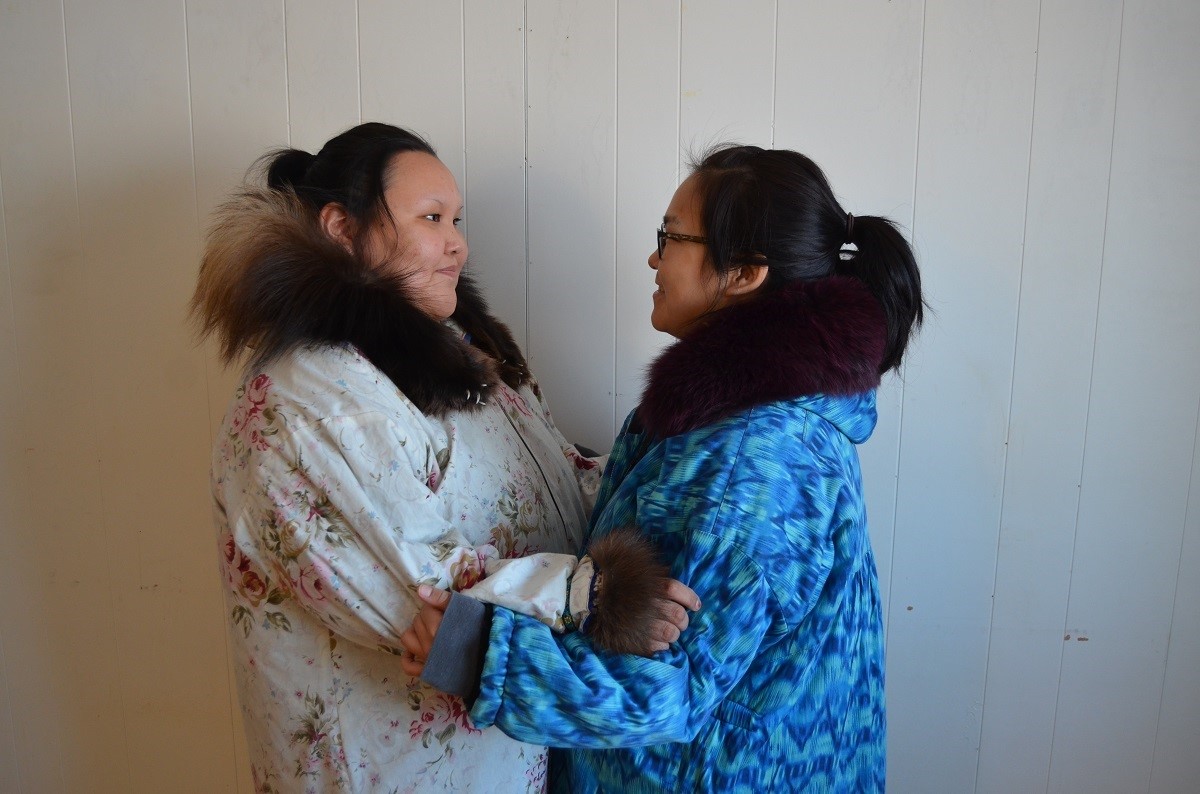
About George Tombs …
I am a Quebec-based artist-historian, working interchangeably in English and French. As a journalist and former Michener Fellow, I reported from six continents for newspapers, radio and television, then served as executive director of an international medical association, then as university professor. I have a PhD in the History and Philosophy of Science from McGill University and completed a postgraduate year in Medical Sciences at Oxford University. The Blinding Sea is my first film.
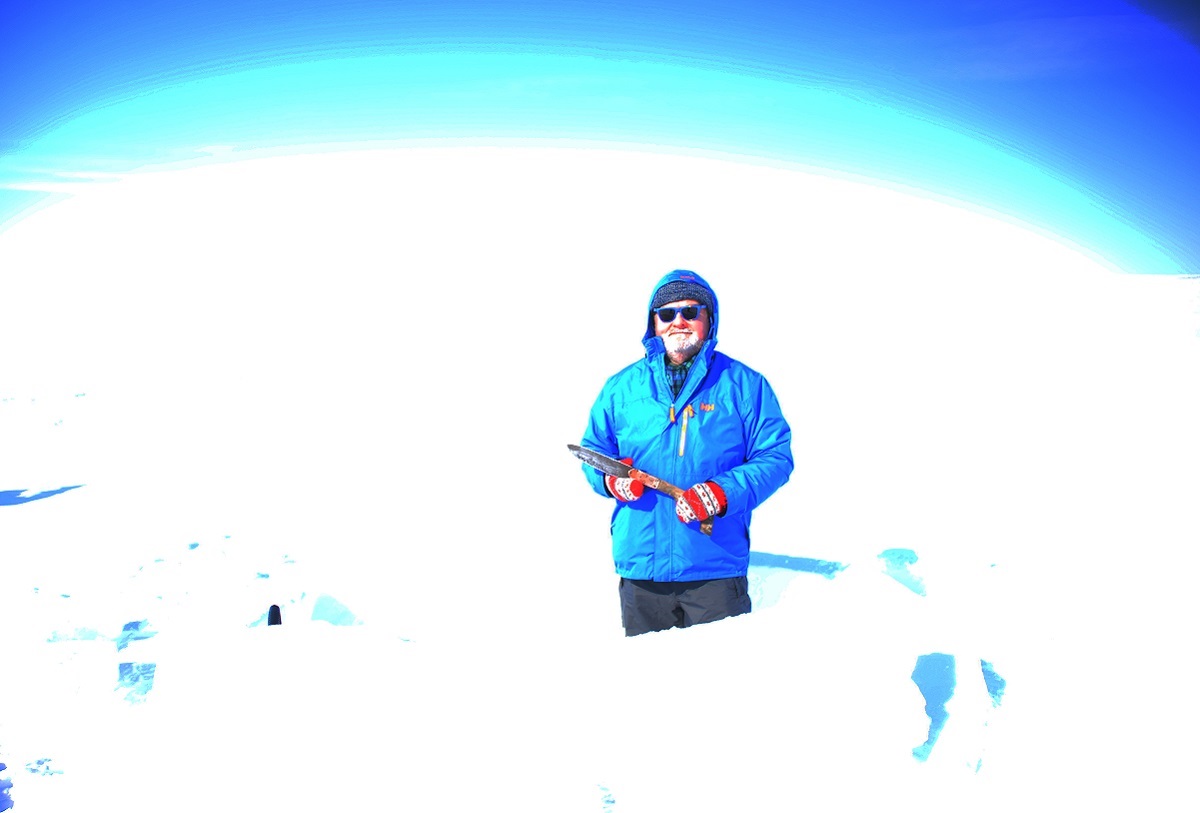
I am presenting the film in North America and Europe, interacting with live audiences about how Amundsen unlearned what he thought he knew, in order to learn from the Inuit knowledge paradigm, which enabled him to complete his navigation through the Northwest Passage, reach the South Pole and lead other polar expeditions.
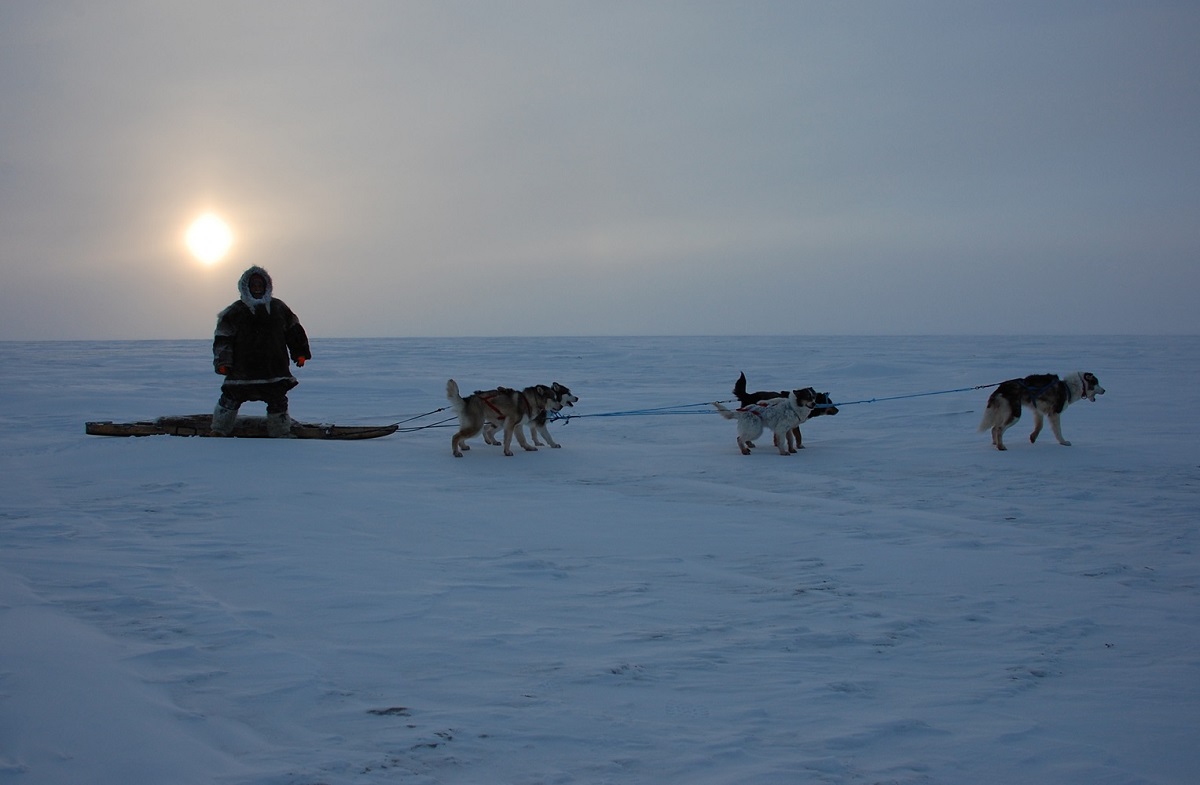
Main credits and available rights:
Producer, director, cinematographer, researcher, writer, narrator and musical director: George Tombs
Editor: Guillaume Falardeau.
This film is dedicated to Marie Frenette.
Distributor: George Tombs
I hold 100% of the rights to this film, i.e. educational/non-theatrical rights, broadcasting and streaming rights.
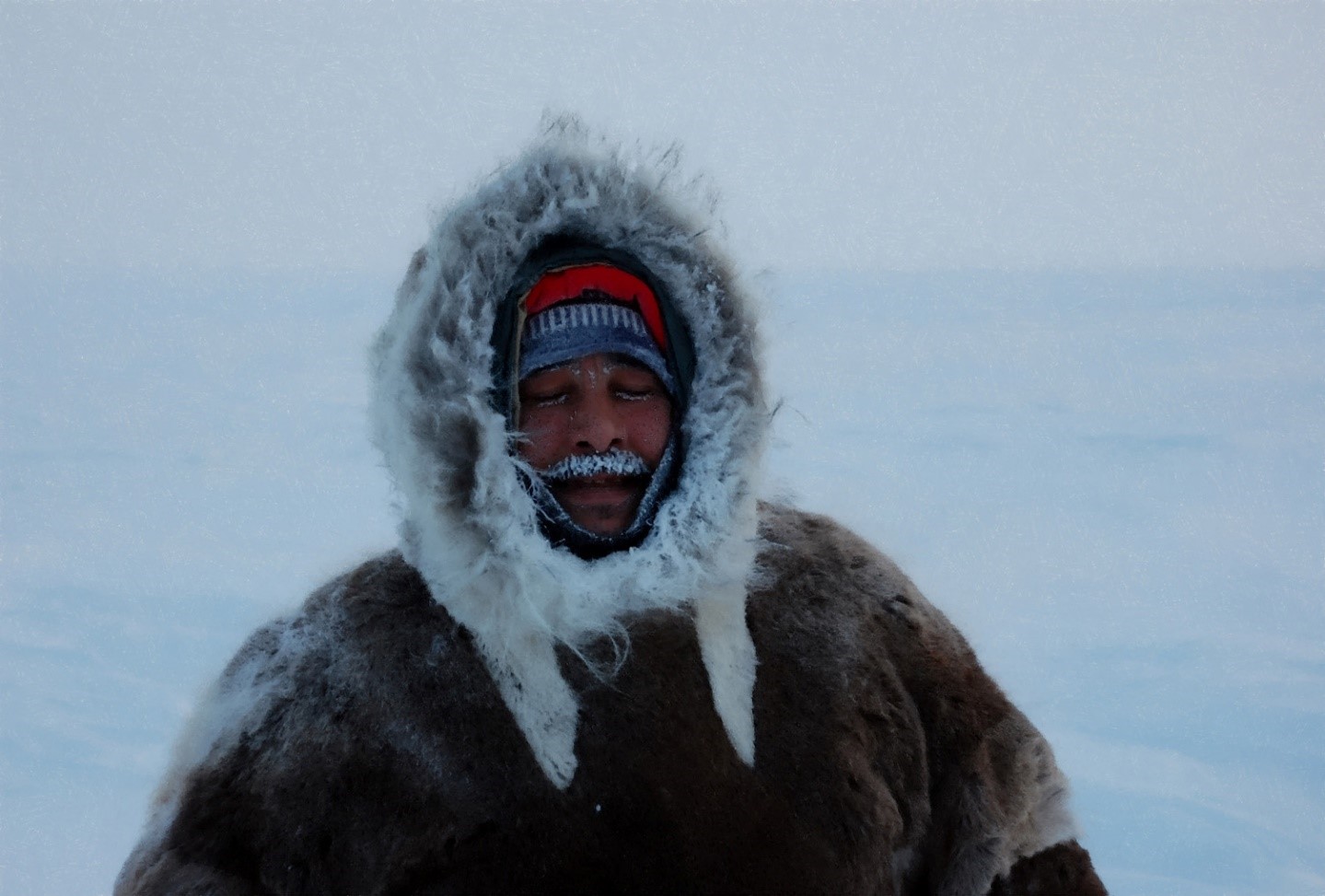
Technical specs:
The film is available in the following versions: Apple Prores 422 (HQ) and H.264. This 1080p film is in colour, 16×9, 29.97 fps. English closed captions/French subtitles available. The sound has been mastered in stereo.
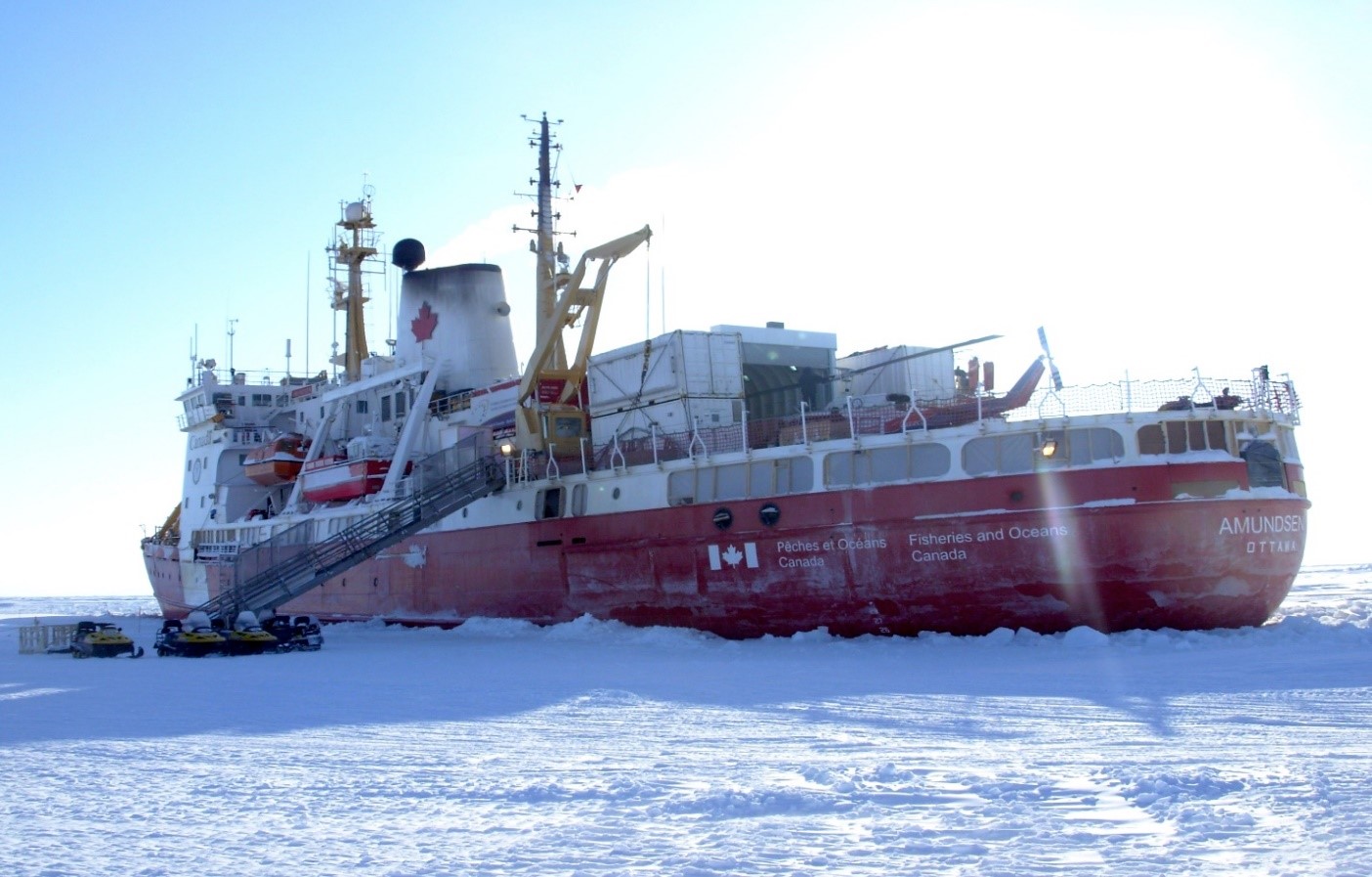
Chapters with time codes and chapter lengths:
Chapter 1: Polar Quest → → → 0:00:00-0:12:45 (12m45)
Chapter 2: Struggle for Survival → → → 0:12:46-0:27:57 (15m11)
Chapter 3: First Contact → → → 0:27:58-0:40:18 (12m20)
Chapter 4: Brave New World → → → 0:40:19-0:50:40 (10m21)
Chapter 5: Time to Move On → → → 0:50:41-1:04:09 (13m29)
Chapter 6: Race to the South Pole → → → 1:04:12-1:17:20 (13m08)
Chapter 7: The Wanderer → → → 1:17:22-1:26:58 (9m35)
Chapter 8: Disappearing → → → 1:27:00-1:45:34 (18m34)
Credits: → → → 1:45-37-1:48:11 (2m34)
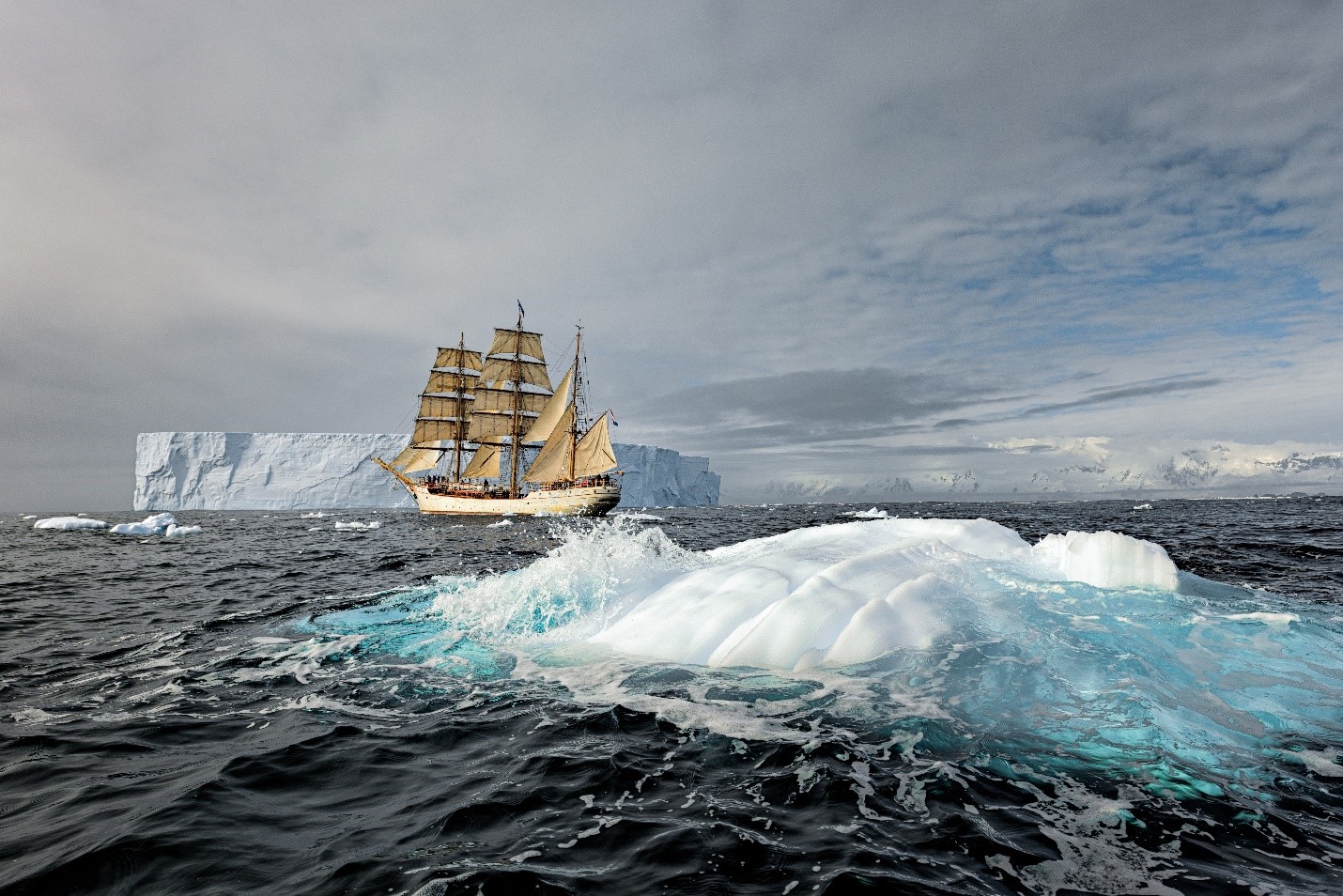
I have won twenty-five festival awards and distinctions for this film, and my crew have won three more. Here are some of the awards I have won:
Toronto Independent Film Festival 2020: Award for Best Documentary Feature
Montreal Independent Film Festival, October 2020: Award for Best First Documentary & Award of Excellence in Feature Documentary
Nature Without Borders International Film Festival (Delaware), November 2020: Award of Exceptional Excellence in Biography & Award of Excellence in Cinematography
Berlin International Art Film Festival, 2021: Award for Best First Feature
New York Independent Cinema Awards, 2021: Best International Documentary Feature
Rome International Movie Awards, 2021: the Award for Best First Time Director …
